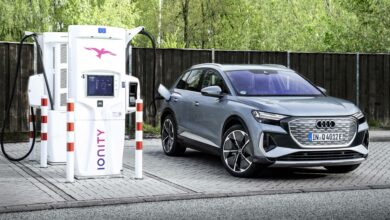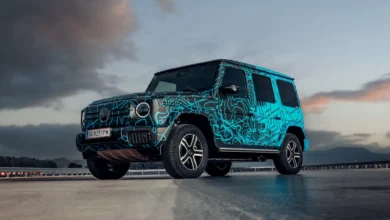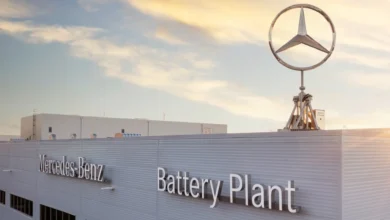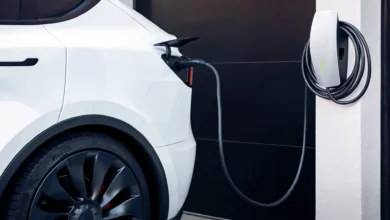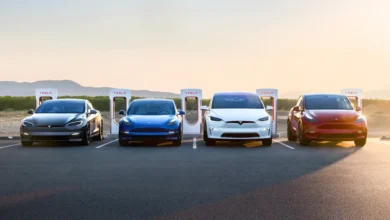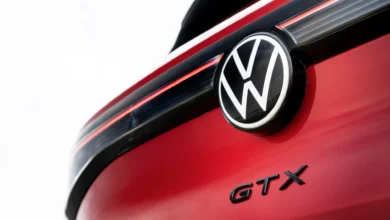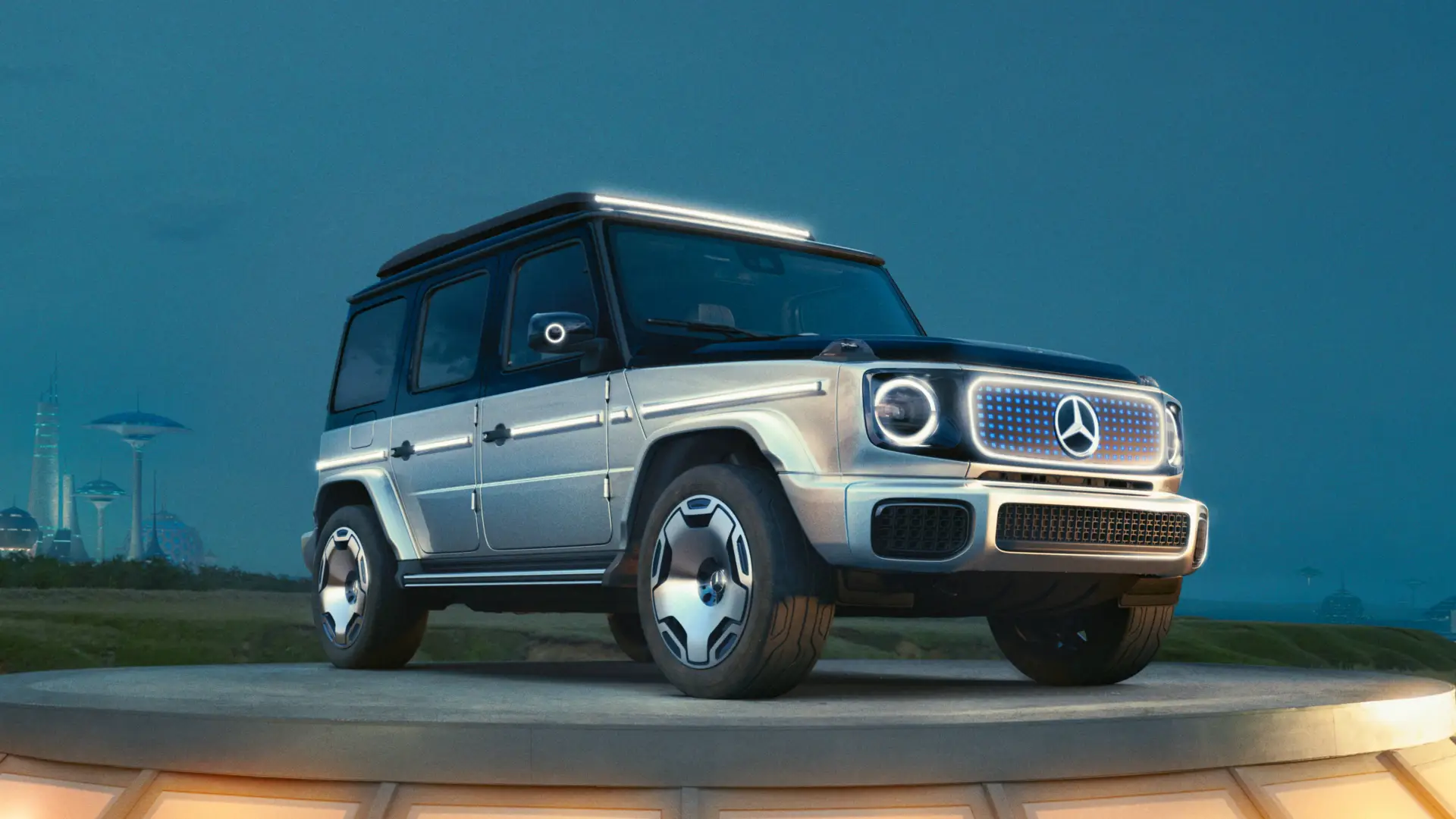
The EQG is not only set to be the most imposing electric SUV in the world, but it will also feature technologies that promise to revolutionize the industry. The improvement in the field of batteries is allowing electric cars to travel further and further without worrying about recharging. The different technologies explored by the industry are focused on improving not only range but also durability and charging speed. Sila, a company based in California, United States, has just announced that it has achieved a breakthrough in its silicon anode technology. He hopes to be able to scale production in the next year and, incidentally, they have announced that the Mercedes EQG will be the first car in the world to use them.
Last year the use of silicon began to spread as a replacement material to create the anode structure of current graphite-based lithium batteries. Sila has been from the beginning one of the best-positioned companies in that revolution. A priori, everything seems to be an advantage, although, like any new technology, there are challenges to overcome before reaching commercialization. The main one is the volumetric expansion that the anode undergoes during charge and discharge cycles. The ions penetrate the anode, displace the silicon and compress the lithium. This process expands up to five times the original size.
However, Sila seems to have figured out the secret to keeping this problem at bay and claims to have done it without sacrificing safety or battery life. At the moment, no technical details have been specified, although promising figures have been announced regarding the capabilities of the prototypes. The company ensures that its Titan Silicon batteries can offer 20% more range than current formats, which amounts to an additional 160 kilometers depending on the models. The improvements do not end there, because the loading speed is also benefited. From 10% to 80% in just 20 minutes, with the possibility of further reducing the time.
It should also be mentioned that the first estimates point to an increase in energy density of 40% compared to a conventional lithium-ion battery and that they are less harmful to the environment in the production cycle. Titan Silicon generates between 50% and 75% less CO2 per kWh, a significant reduction. Last but not least, it is also worth noting that batteries with silicon anodes are up to 15% lighter and 20% smaller.
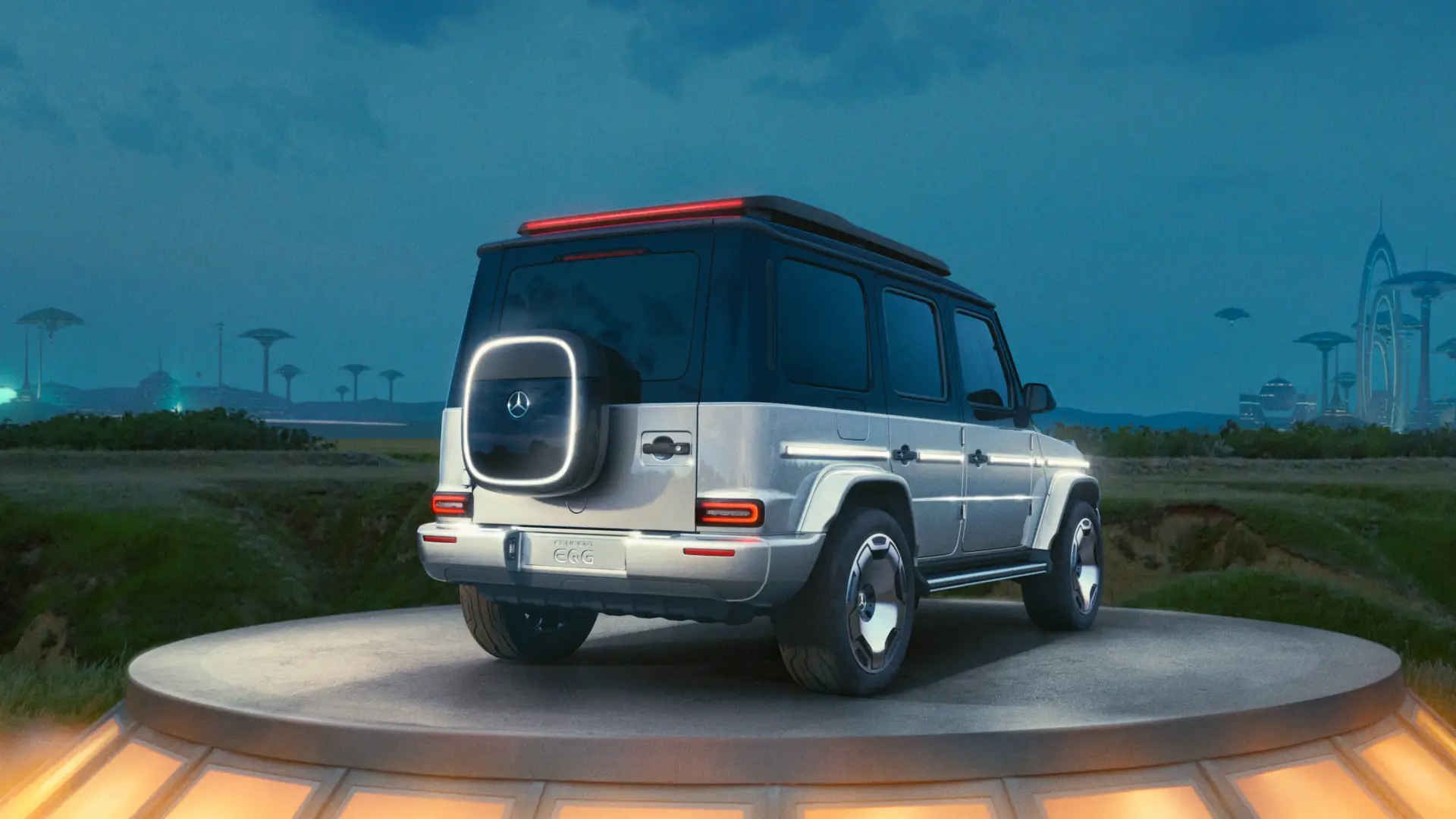
The development of silicon anode batteries has received much attention in recent years. Some analysts estimate the financing accumulated in the companies that investigate its development at more than 1,900 million dollars . They are considered by the industry to be the next evolution in batteries, although it is also claimed that the next logical step is the use of solid-state batteries. However, the first sketches suggest that they will not be available until the end of the decade. Nissan is one of the companies most committed to development and has ensured that it will start using them in 2028.
Coincidentally, Sila believes that it can start mass production of its batteries in the second half of next year, dates that coincide with the launch of the Mercedes EQG. The German electric SUV will be the first to use them and few better than it to demonstrate viability in the real world. In 2025, the renovation of the Mercedes CLA, which will make it a 100% electric model, will also have this new battery technology. The company’s real goal is to be able to produce enough batteries to power a million electric cars in the next five years. A fact is not very exaggerated that a strong investment can always be improved.
